what you should know about Chianti wines and vines...
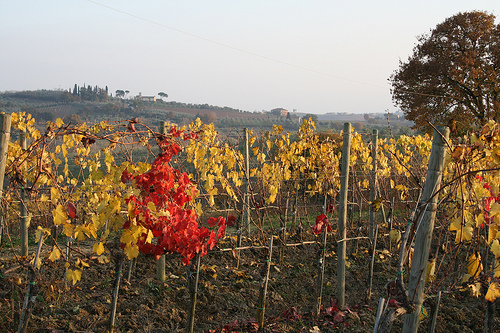 I love learning about Italian wine, glass by glass, region by region. I had a short writing stint (a few articles) with a travel company in Tuscany, and one of the articles I wrote about was Chianti. It was an excuse to 'cozy up to the bar.'
I love learning about Italian wine, glass by glass, region by region. I had a short writing stint (a few articles) with a travel company in Tuscany, and one of the articles I wrote about was Chianti. It was an excuse to 'cozy up to the bar.'
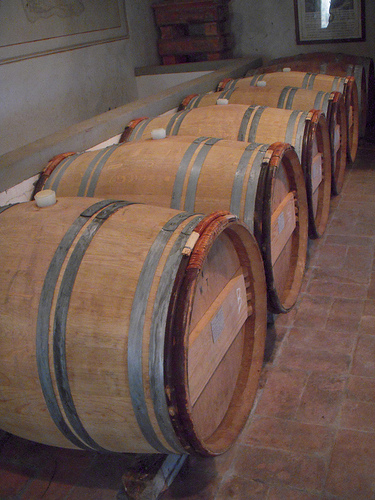 Since we arrived in Florence this past August, we have been sampling wines (duh). Chianti refers to both a wine and a region. Chianti wines come only from the Chianti region (the Chianti wine region is in the heart of Tuscany); the Chianti region roughly fans out south of Florence toward Sienna. Lucky for us, we have ventured out a few times and tasted Chianti wines and viewed authentic Chianti vines... Pinch me---I must be dreaming.
Since we arrived in Florence this past August, we have been sampling wines (duh). Chianti refers to both a wine and a region. Chianti wines come only from the Chianti region (the Chianti wine region is in the heart of Tuscany); the Chianti region roughly fans out south of Florence toward Sienna. Lucky for us, we have ventured out a few times and tasted Chianti wines and viewed authentic Chianti vines... Pinch me---I must be dreaming.
Chianti wines are famous all over the world, and for good reason. Wine doesn’t inherit a famous name, unless it has cause for fame. Chianti vines have earned their recognition, through careful tending to the vineyards and strict quality controls. Here is a little primer that will help you make heads and tails of all the little symbols and acronyms, labels and approvals:
IGT means "Indicazione Geografica Tipica" which simply indicates geography/region, varietal(s) and year. Because the IGT stamp requires just basic information, it is the standard acronym on Vino di Tavola (table wine). IGT also ends up on Super Tuscans and other expensive wines that take liberties and 'creative license' outside the specific, regulatory parameters of DOC and DOCG.
DOC stands for Denominazione di Origine Controllata, which means the vines came from a specific [controlled] region. Controlled means the quality is confirmed not only by grape region but through storing, processing and bottling standards.
DOCG is a step above DOC, and includes wines and vines that have proven their consistency and commitment to quality for years. Instead of being just controlled, they are guaranteed: only 14 such wines exist at the top of this wine quality pyramid. You may recognize some DOCG wines: Chianti, Barola, Barbaresco, Brunello di Montalcino and Vino Nobile di Montepulciano.
The entire Chianti region enjoys DOCG status, and is separated into eight districts. Two of the eight districts are readily available on the world market: Chianti Classico and Chianti Ruffino. Chianti is considered a dry red wine, medium bodied, is noted for its concentrated fruit, and made from 80% - 100% sangiovese. Besides the sangiovese grape, tradition also puts the black Canaiolo grape and the white Malvasia and Trebbiano grapes into the Chianti blend; they give Chianti wines their familiar dry, full-bodied character, with notes of cherries and violets. Chianti can age ten or more years in a good vintage.
Here are some other words to watch for:
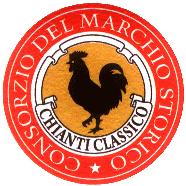 • Gallo Nero: the famous black rooster symbol belongs solely to the Chianti Classico region (incidentally, the Chianti Classico region was the original Chianti region before the whole region was expanded, then split into 8 districts in 1932).
• Gallo Nero: the famous black rooster symbol belongs solely to the Chianti Classico region (incidentally, the Chianti Classico region was the original Chianti region before the whole region was expanded, then split into 8 districts in 1932).
• Chianti Superiore wines may come from any of the Chianti districts, except Chianti Classico district. Superiore wines must meet specific standards for aging (9 months, 3 in bottle) and blend (can include white grapes).
• Chianti Classico wines, since 1996, are not allowed to include white grapes.
• Chianti Classico Riserva and Chianti Riserva are labels earned from longer aging (2 years plus 3 months in the bottle; plus alcohol 12.5% or 12% or more, respectively).
• The 8 districts in the Chianti region are: Classico, Rufina (aka Ruffino), Colli Fiorentini, Colli Aretini, Colli Senesi, Colline Pisanel, Montespertoli, Montalbano
Next time you venture out to the store, browse the Chianti wines. Peek at their symbols, note the pink band around the bottle's neck, see if the wine complies with DOC, has proven DOCG or is a rebellious Super Tuscan. Note that Classico and Ruffino are regions, not types of Chiantis. We just enjoyed a bottle of Chianti Classico Riserva 2004 from Castello D'Albola; which means it was aged at least 27 months at the winery, exceeds 12.5% alcohol (yep: 13%) and has no white grapes. It was absolutely lovely, with a store-shelf price tag of 18 euros (Approx $25).
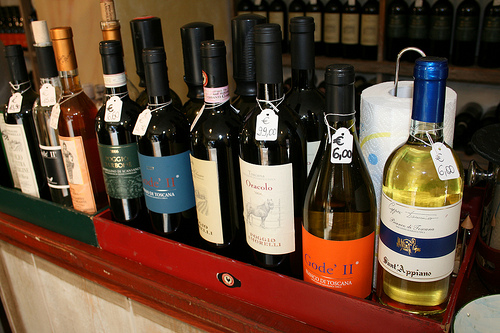



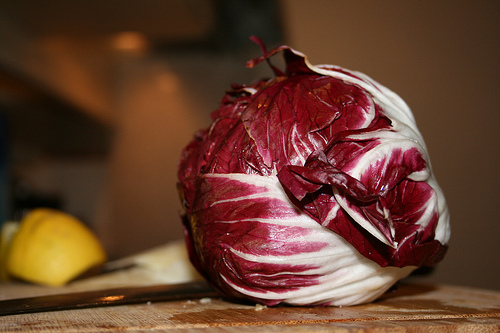
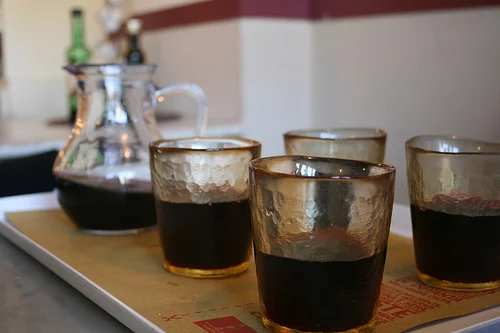

![DaVinci Wine Cookbook: page 2 [of 10]](https://images.squarespace-cdn.com/content/v1/57a8c60be4fcb51e7fd15f9c/1470768076959-TDRRJM9S24PNTKMPC3QO/6044189358_2cddcd6316.jpg)